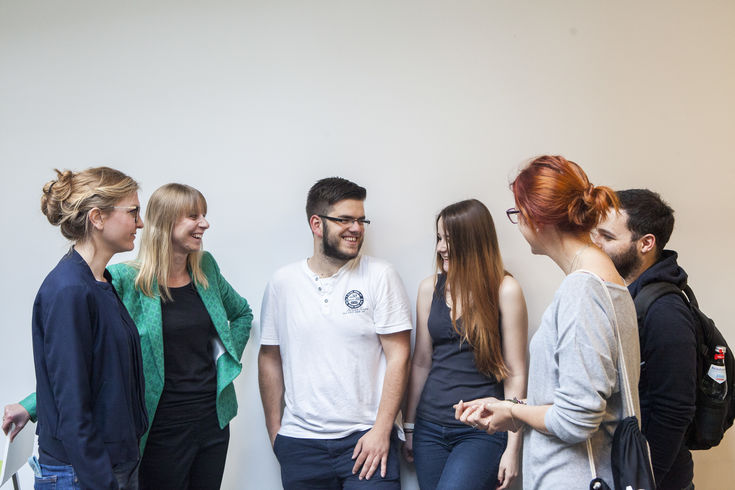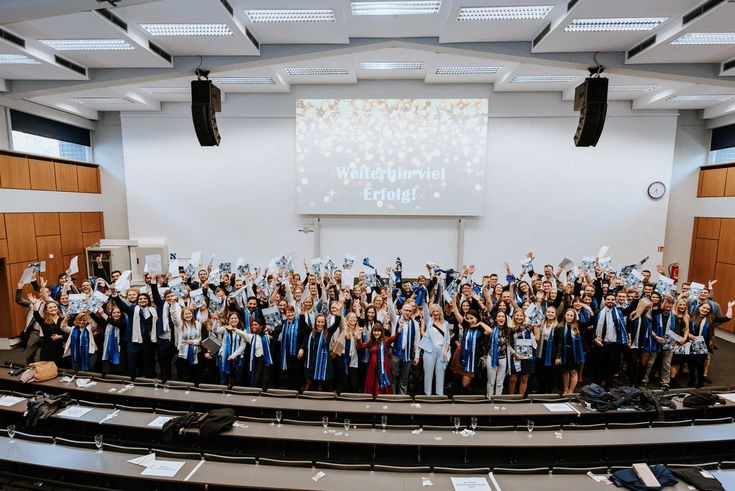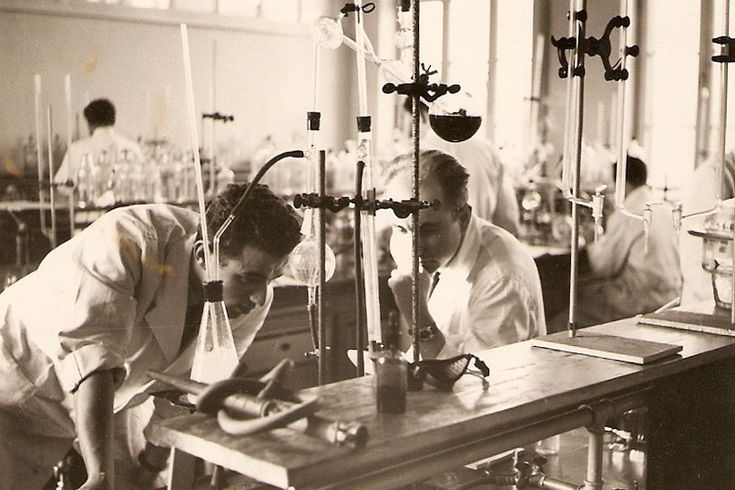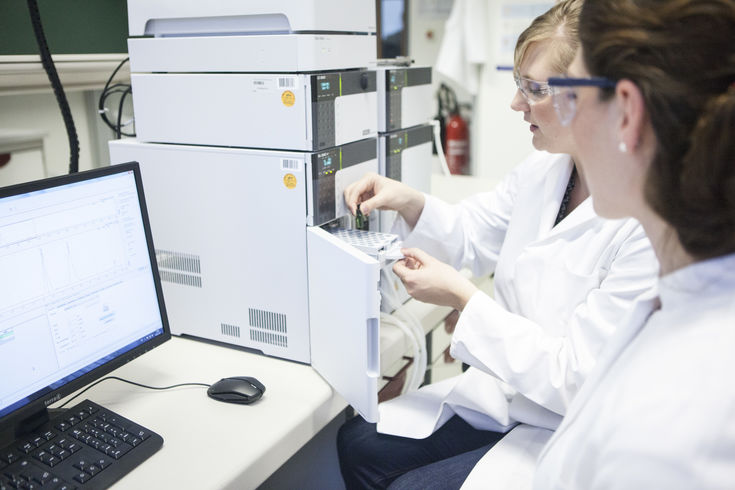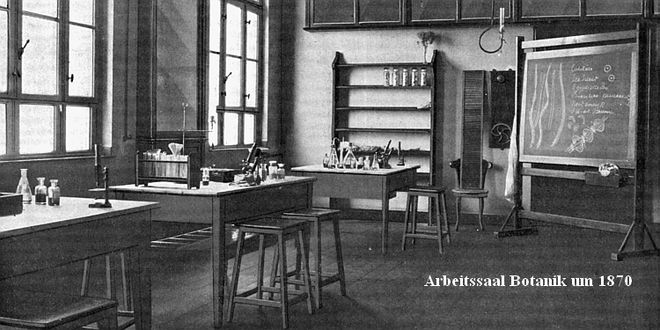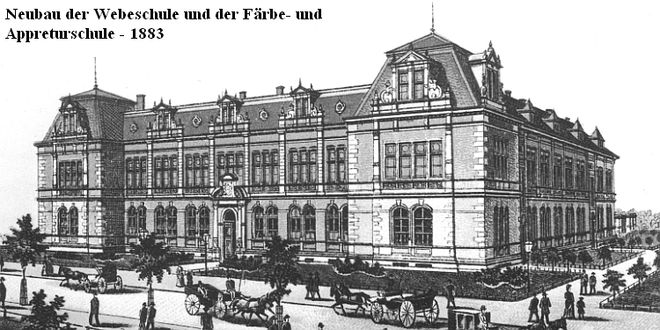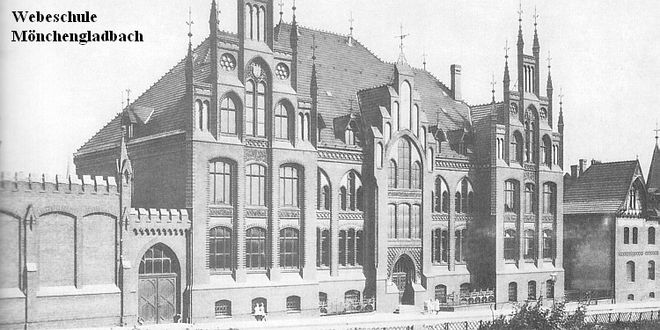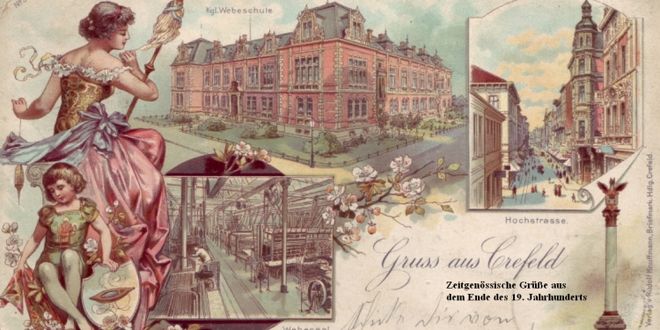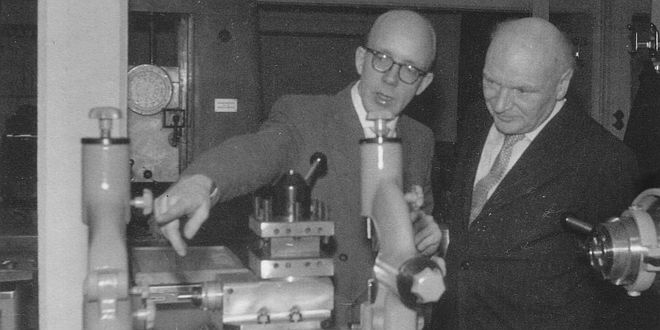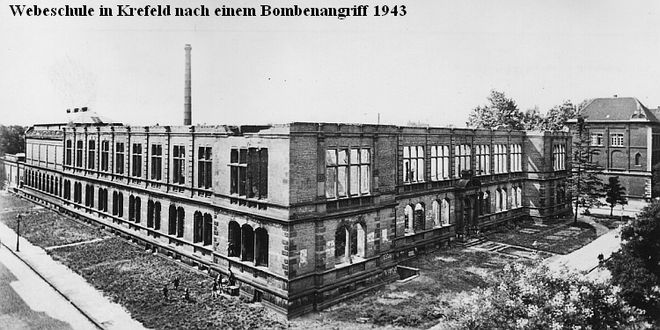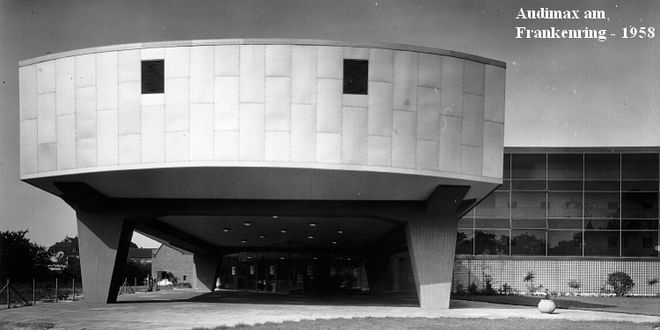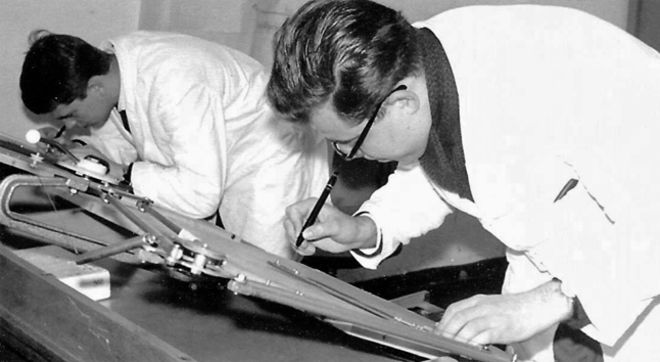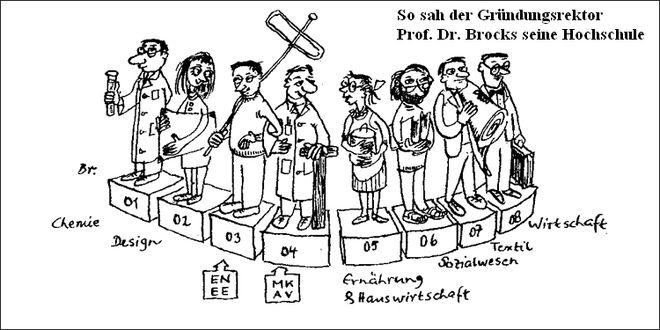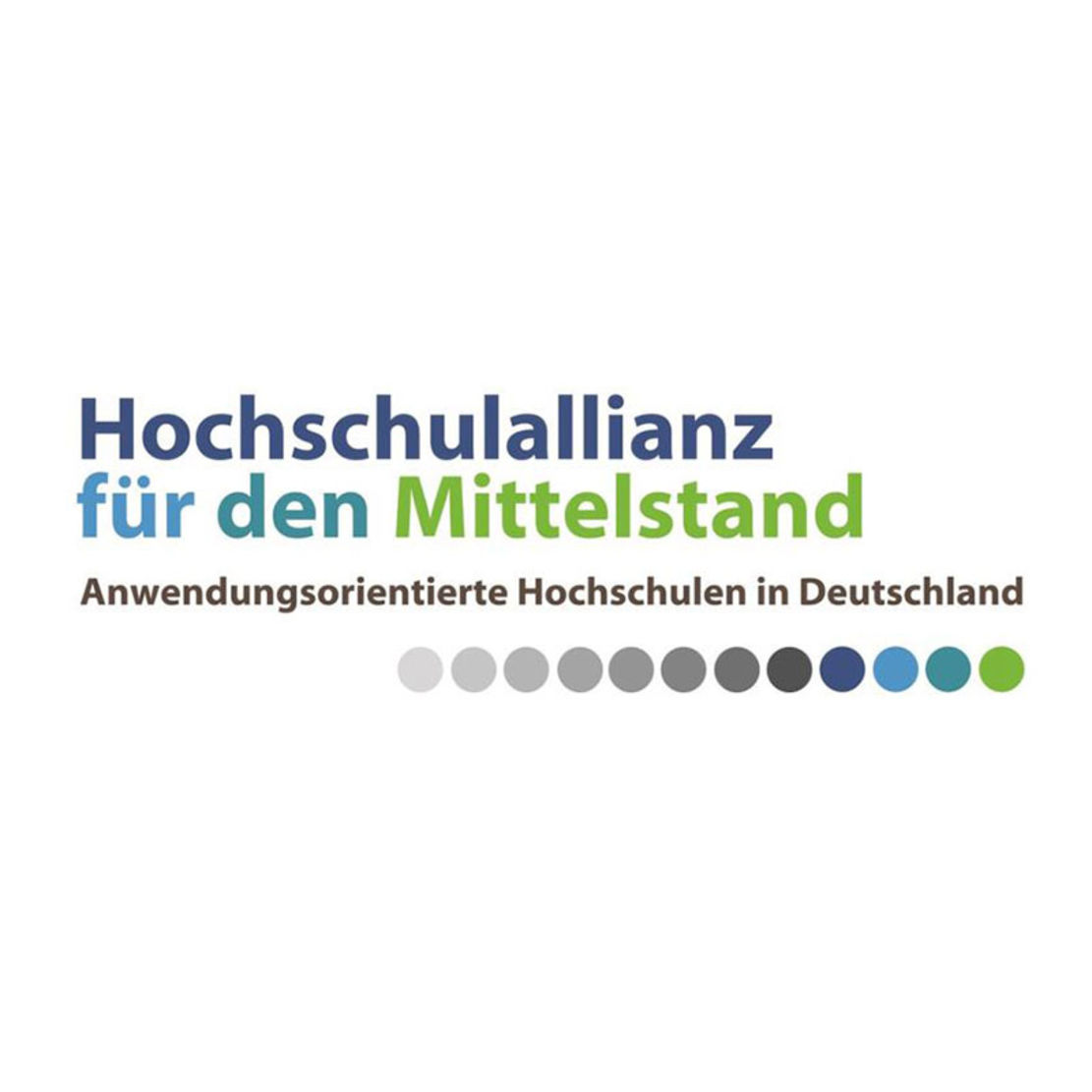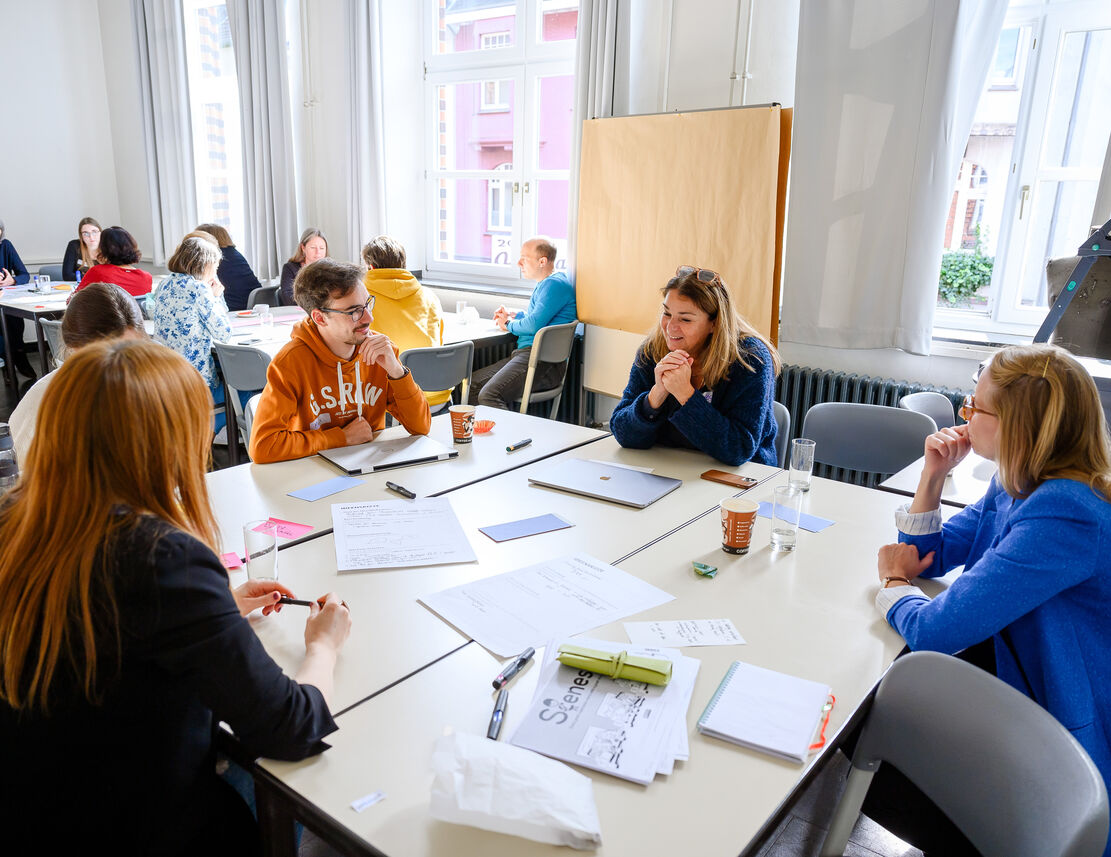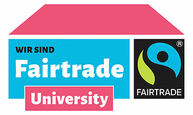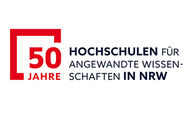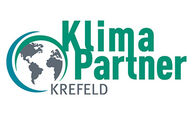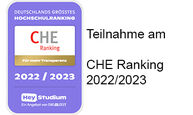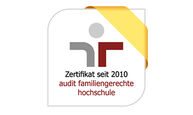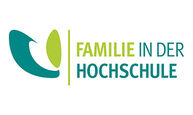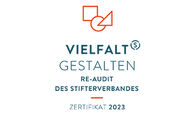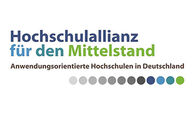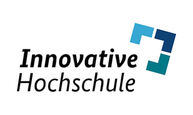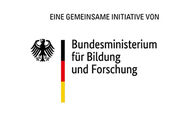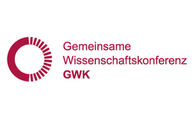The Hochschule Niederrhein is one of the largest and most efficient universities of applied sciences in Germany. We open up perspectives: With future-oriented academic apprenticeship and problem- and transfer-oriented research , we create the basis for our graduates to be in demand on the job market.
We are a renowned educational and research institution in the German university landscape. With ten faculties, campuses in Krefeld and Mönchengladbach and 13,115 students, we are an important contact for companies in the region when it comes to research and transfer.
Our 87 Bachelor's and 27 Master's degree programmes cover a wide range of subjects and are tailored to the needs of the region. The Faculties of Electrical Engineering and Computer Science, Mechanical and Process Engineering, Industrial Engineering and Health Care are located at the Krefeld South Campus. The Campus Krefeld West is home to the Faculties of Chemistry and Design. And in Mönchengladbach, in addition to the largest faculty of the university, Business Administration and Clothing Technology, the Faculties of Food, Nutrition and Hospitality Sciences are located.


